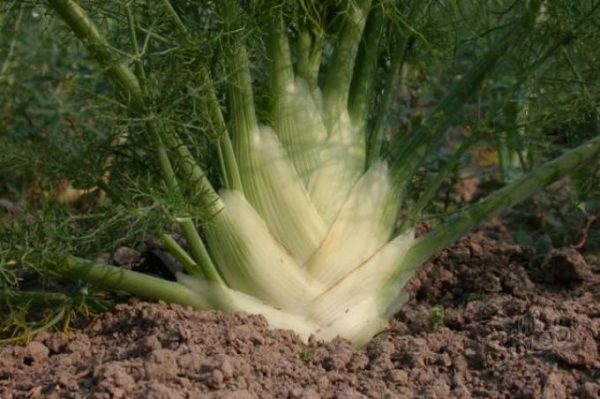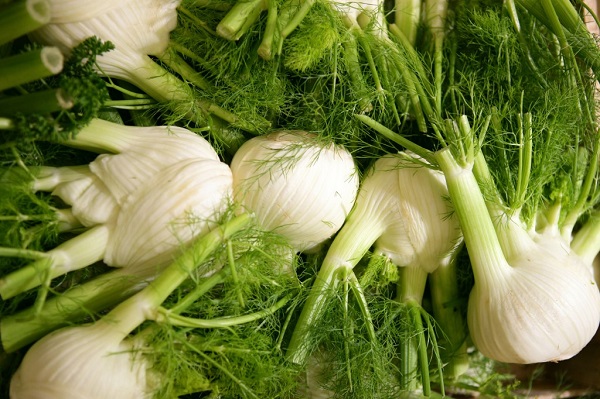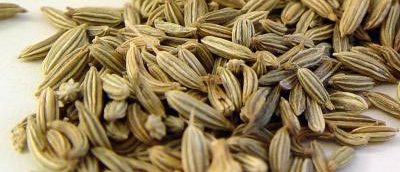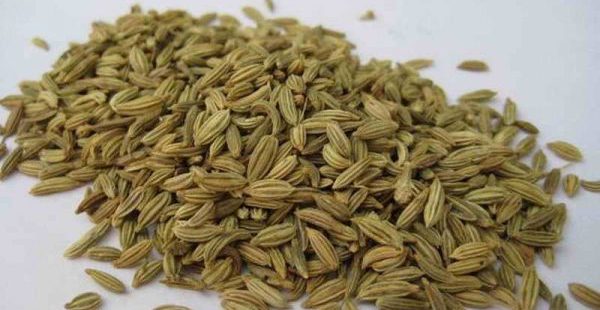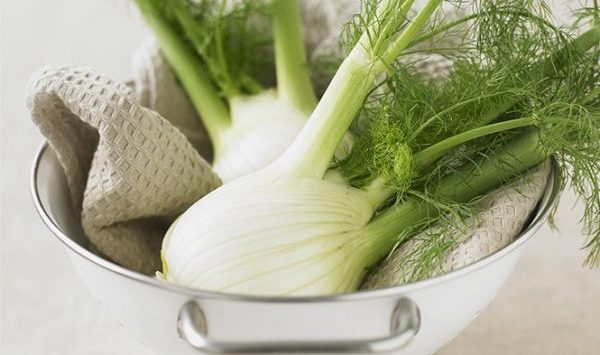Fennel: Growing from seed outdoors
Content
How to prepare seeds
The cultivation of pharmaceutical dill is usually organized for the sake of its spicy greens, whose aroma resembles the smells of dill, mint and anise. Some hobbyists also harvest the roots for seasoning. Vegetable fennel is cultivated for the sake of a fleshy stalk resembling kohlrabi cabbage - this thickening forms at the base of the stem, the leaf petioles also thicken. This fleshy part is sometimes incorrectly called an onion or fruit, it is consumed raw, stewed, boiled, baked, it has a delicate taste, strong aroma and great health benefits.
The seeds of this perennial plant contain the most essential oils, but they can only be grown in the second year, and in summer cottages, fennel is most often cultivated as an annual, which allows you to collect greens, roots and a thick stem. It blooms in the second year of life. Growing a vegetable species for the sake of a thickened stem only in the south is done by sowing seeds in open ground, because you can sow early, in March. Fennel loves short daylight hours, grows most intensively before summer and then, when summer rolls towards sunset. If you start growing from seeds at the end of May, then the plant will bypass the period of growing a thick stem - you will have to be content with only greens. Therefore, vegetable fennel is easier to grow through seedlings.
Pharmacy dill can be sown directly on the garden bed. Its seeds are small, elongated, no more than 10 mm long and 4 mm wide. They are light - 1000 seeds weigh about 7 g, taste sweet, ripen in autumn, when the umbrella turns brown, like dill. They retain their germination capacity for 2 - 3 years. No special preparation is required from the seeds before sowing.
Video "How to Grow Fennel"
Informational video for gardeners.
Planting seeds in the ground
Fennel is grown on nutrient neutral soils, sandy loam or loamy. Before sowing, the soil is fertilized with compost or humus with ash and lime. If the soil is heavy, prepared sawdust is added to it - before that, you need to soak them with water, add slaked lime. A bucket of humus and 400-500 g of ash are buried per 1 square meter of the area. The site is well dug to the depth of the shovel bayonet.
The place for pharmaceutical dill is chosen sunny, protected from large drafts. It has very long roots that aggressively seek water when there is a lack of moisture, even able to capture the area intended for neighbors, so the growth of other vegetables next to fennel may be inhibited. Only cabbage and cucumbers grow well next to it, provided there is sufficient watering, they also need the same amount of moisture.
Seeds are sown on the prepared plot from April to June, the second time this can be done from August to September. They are sown in rows, buried by 2 cm, covered with earth and watered from a watering can. Leave up to 30 cm between rows. Crops are covered with foil to create a greenhouse effect. The first shoots should appear in 10 days.
After the seedlings have emerged from all the seeds, they need to be thinned out.Leave at least 15 cm between the plants. After thinning, the sprouts are watered with a solution of mullein or chicken droppings (diluted in a ratio of 1 to 10).
Fennel care
Growing fennel is not difficult: it needs regular watering, loose soil that allows air to flow to the roots, no weeds, and top dressing. Therefore, it is very important to monitor the humidity, if the weather is dry and hot, then watering is carried out 3-4 times a week. Fennel leaves are as finely cut as those of dill, with a lack of moisture they become tough.
The garden must be weeded, the earth must be loosened. Part of the problem of moisture and weeds can be solved with mulching. Often, fennel is planted on flower beds - high (more than a meter), openwork with graceful green leaves, and in the second year also with delicate yellow umbrellas of flowers, the plant looks very impressive. It can be planted in the center or in the background of flower beds, and on flower beds, the ground is often mulched - this is very pleasant for the plant itself and frees the owners from unnecessary work. There are varieties that look more decorative due to the different color of the leaves - bronze-purple or copper, and they also change color over time.
The most comfortable temperature for intensive growth is from + 16 to + 18 degrees. If the temperature rises above +24 or drops below +7, the plant will slow down its growth.
You can feed it with mullein infusion or herbal mash. Weeds and plant debris must be removed from the row spacings. Vegetable fennel needs to be hilled several times over the summer, this stimulates the formation of a head of cabbage. The earth usually stains the white fleshy head of cabbage, to avoid this, enterprising growers cover the thick stem with plastic tape cut from a 2 liter bottle. The base of the stem is wrapped in plastic, slightly burying it into the ground, and then the earth is already wrapped around it.
A flowering plant, and it blooms all summer long, attracts beneficial insects that contribute to the pollination of vegetable and horticultural crops. And the spicy smell of greenery drives away aphids and other parasites, so that such a neighborhood may even benefit other plants. But tomatoes and potatoes clearly grow worse and give a poor harvest next to fennel.
Harvesting
Greens are harvested all summer long, preferably before flowering. If you cut off the peduncles, this period can be extended for the second year and further. It is used fresh and harvested for the future. Drying and freezing prevail among harvesting methods. For drying, the greens are cut and laid out in a thin layer in a shaded, ventilated place, dried, periodically stirring the material. Store dried material in glass jars for up to 2 years. Both whole twigs and chopped greens are frozen, stored in the freezer for up to a year.
Roots can also be harvested. They are dug up, stored in the cellar, like root crops. And if they are needed for the preparation of dry seasonings, then the roots are immediately washed, cleaned, finely chopped, dried, and then crushed to the desired size.
Vegetable fennel is harvested when the heads of cabbage have grown to about 10 cm. You can use them right away - eat them raw or prepare some dishes from them. And if you need to put it in storage, it is better to dig it up by the root. The stems are cut at a height of 10 cm, but the roots are left, stored in the cellar, placed in a box with wet sand.
Fennel blooms in July, if it was planted in early spring, and the fruits ripen not earlier than September. Plants are left until autumn for seeds, in September they turn greenish-brown or even grayish-brown. The seeds contain a lot of useful substances, it is they that contain the largest amount of essential oils that are used in medicine, cooking, and perfumery. Since the plant is most often cultivated as an annual, it is worth growing your seeds for next year's sowing. They are harvested in the same way as dill seeds.Not everywhere can a plant overwinter in a garden bed, most often it is dug up with a clod of earth, placed in a cellar, cutting off the shoots. There it overwinters safely, and in the spring it is returned to the garden for further growth.
Video "About cultivation and useful properties"
An illustrative video describing the growing process and the beneficial properties of fennel.


